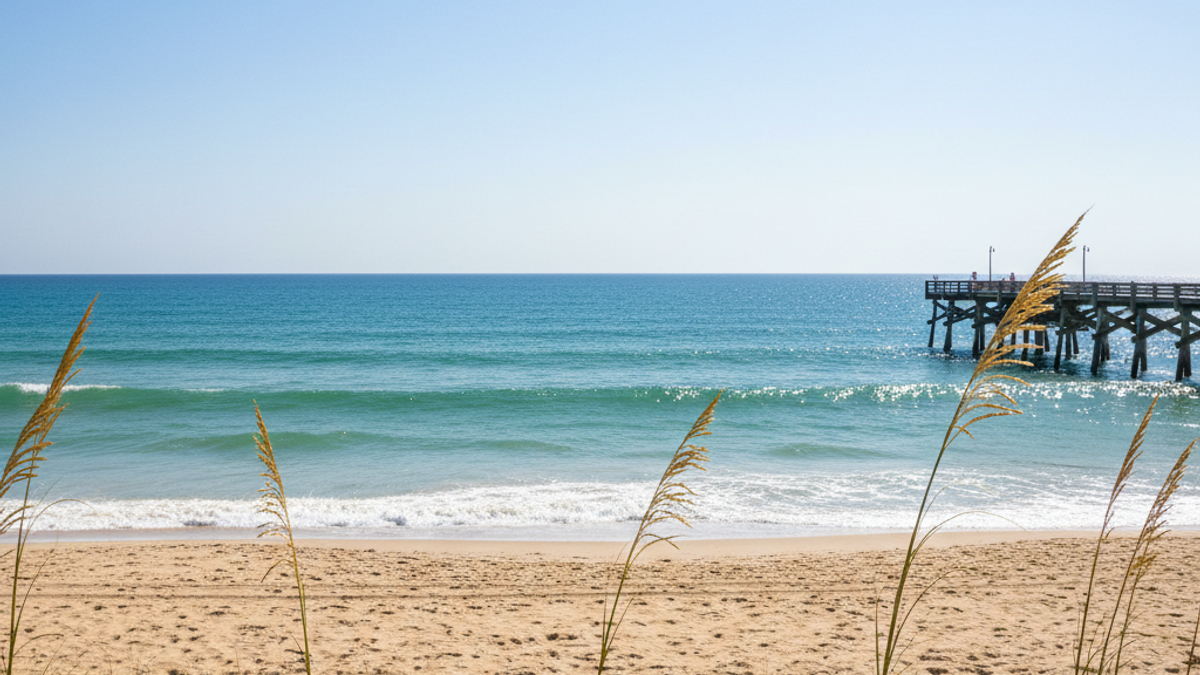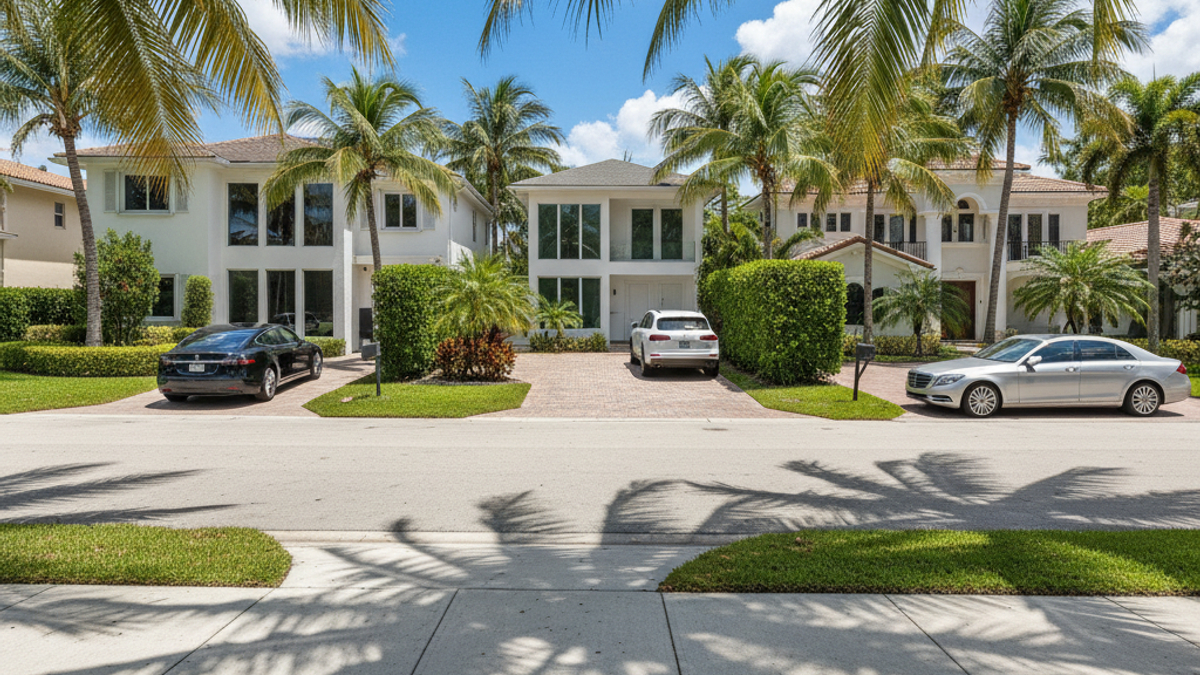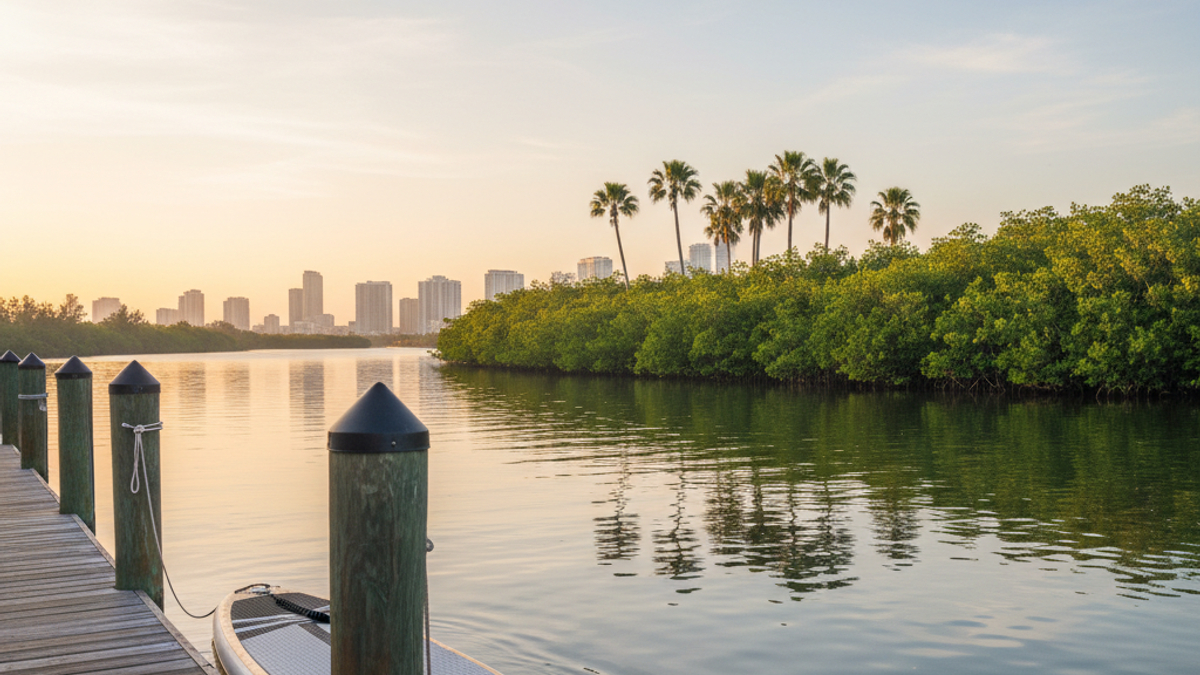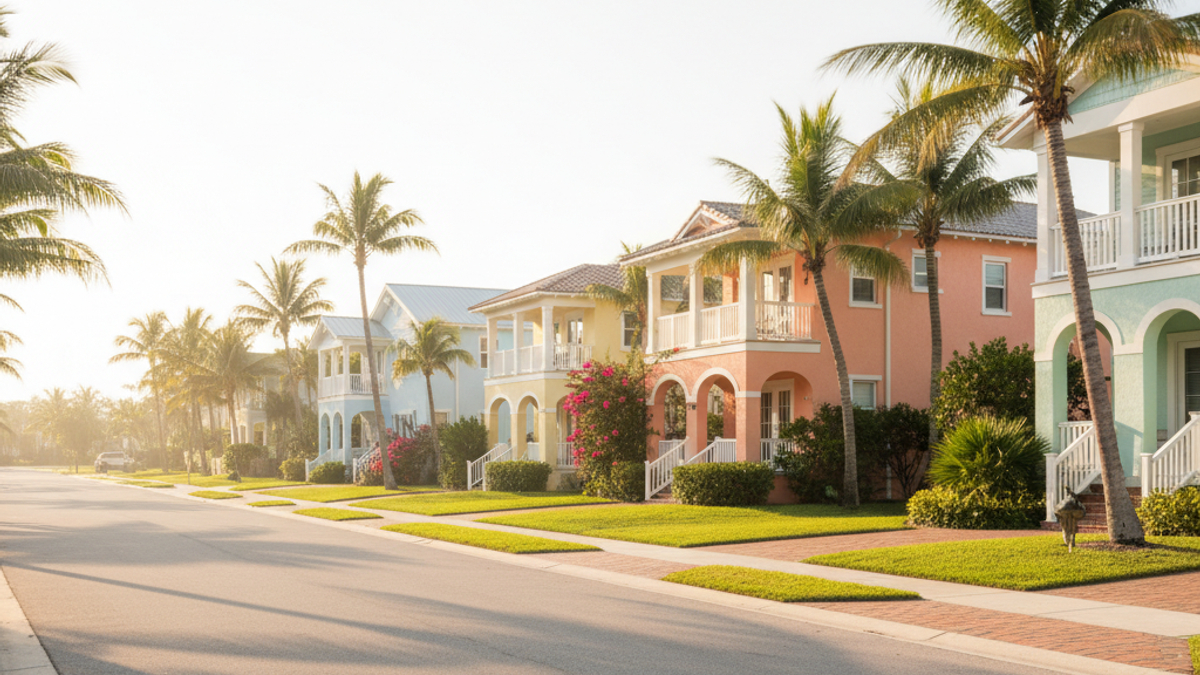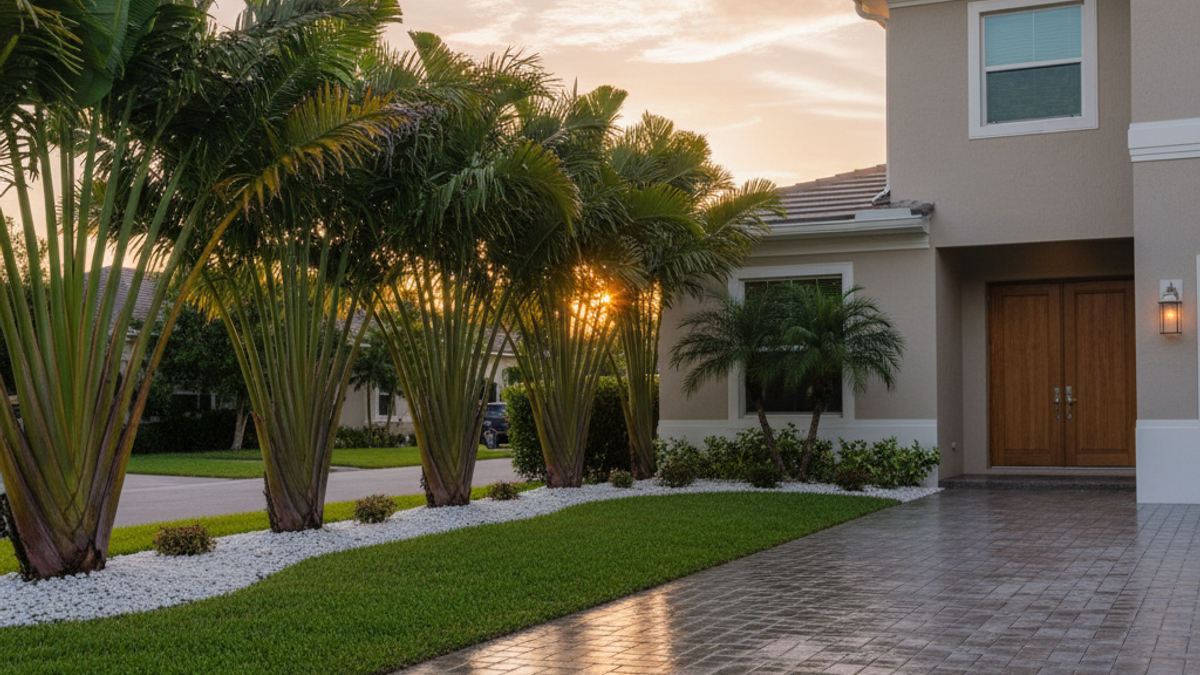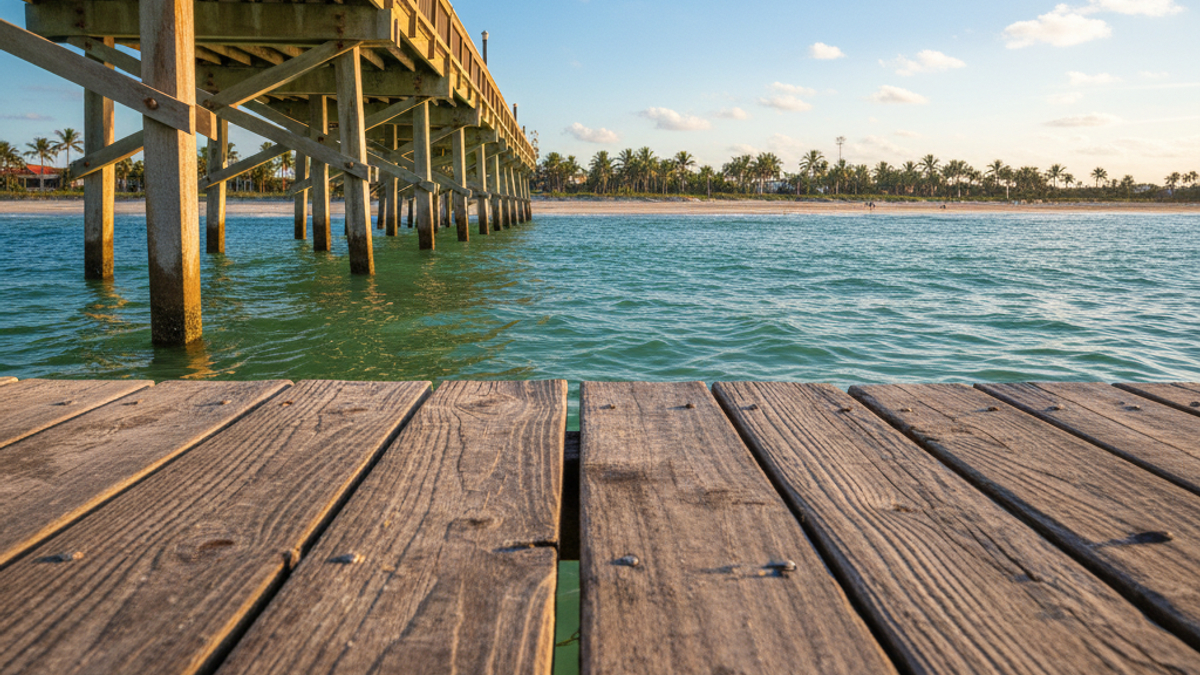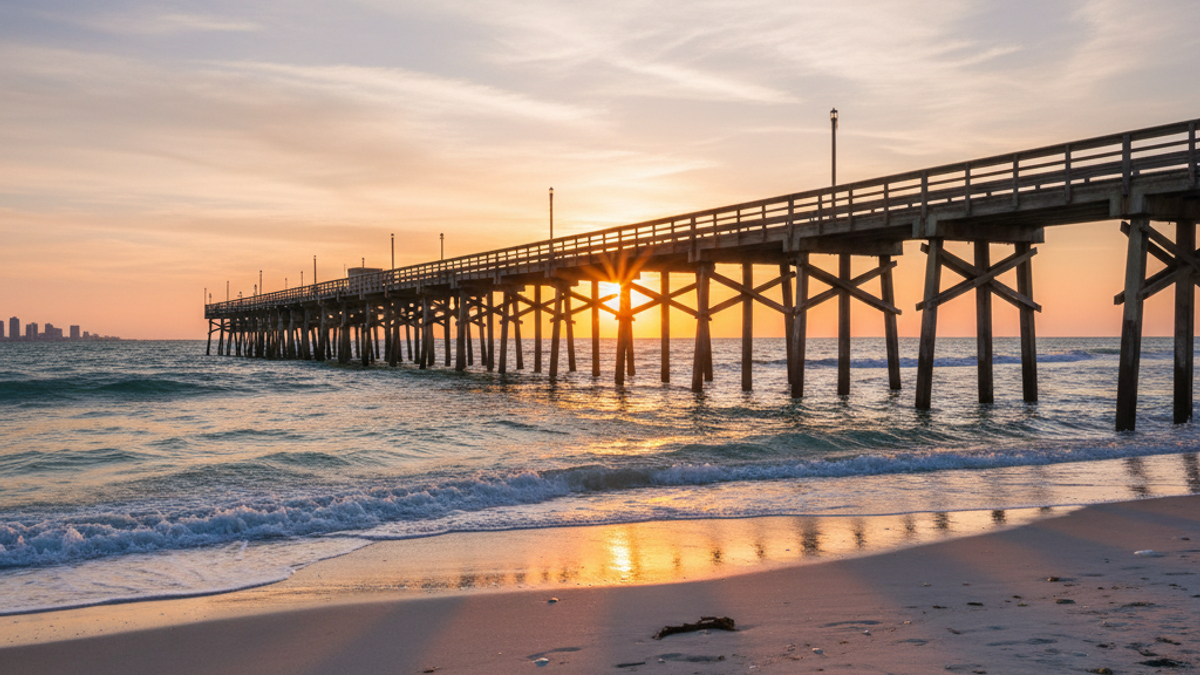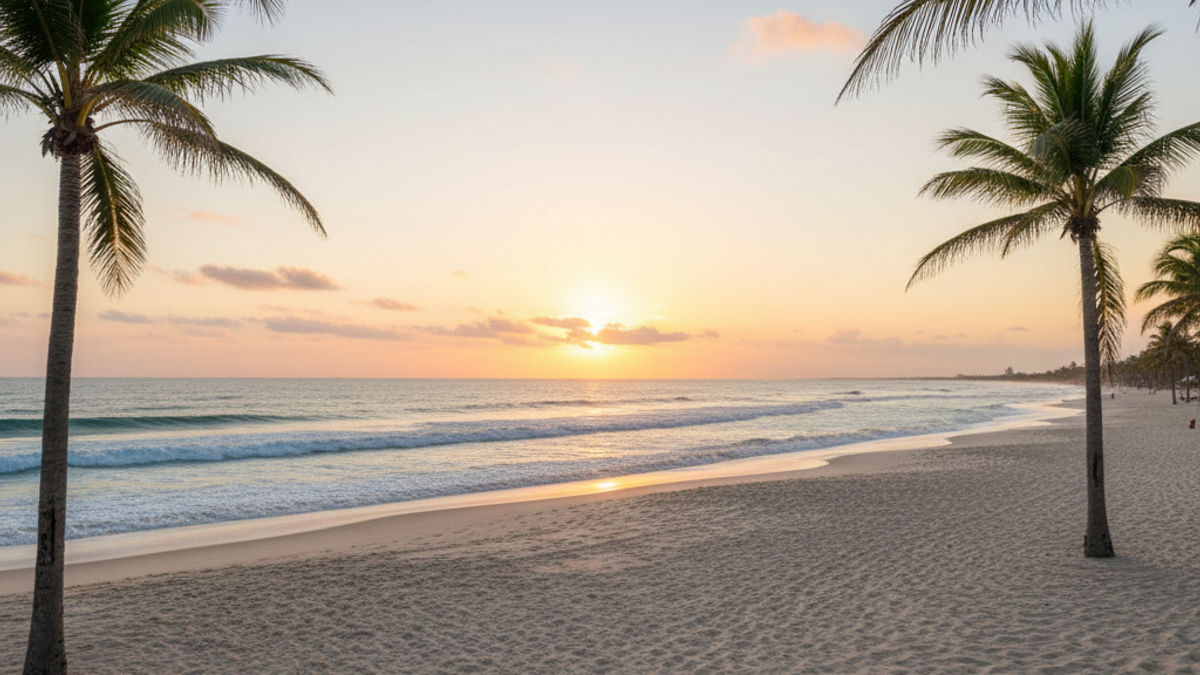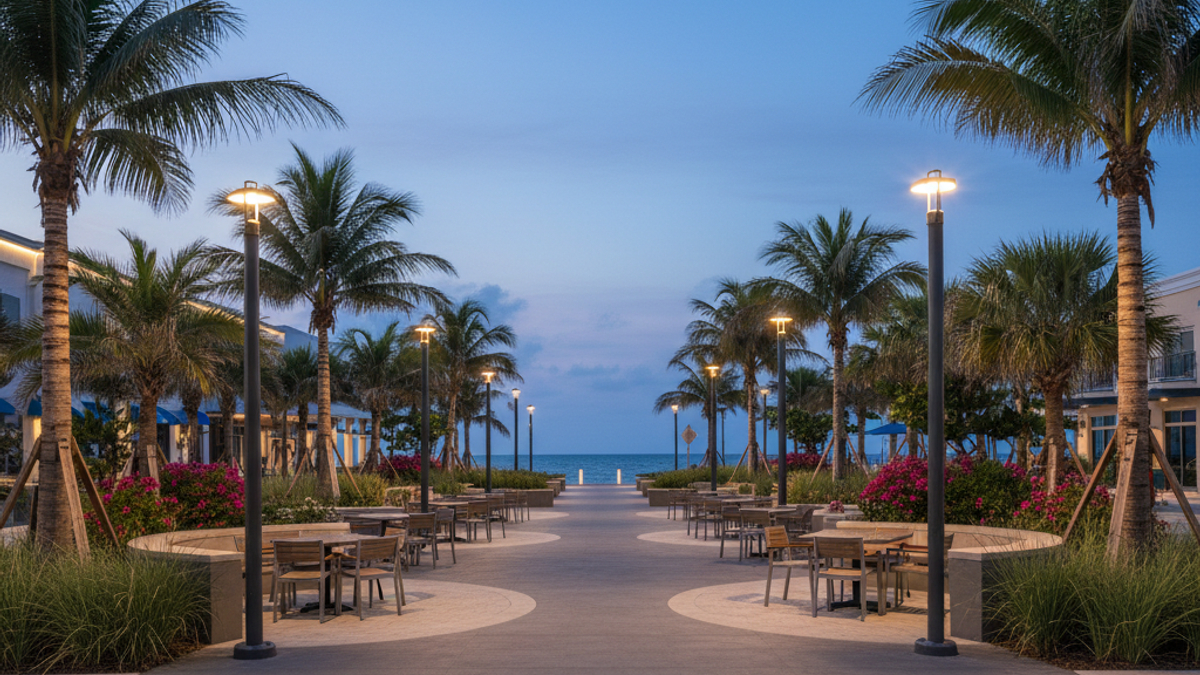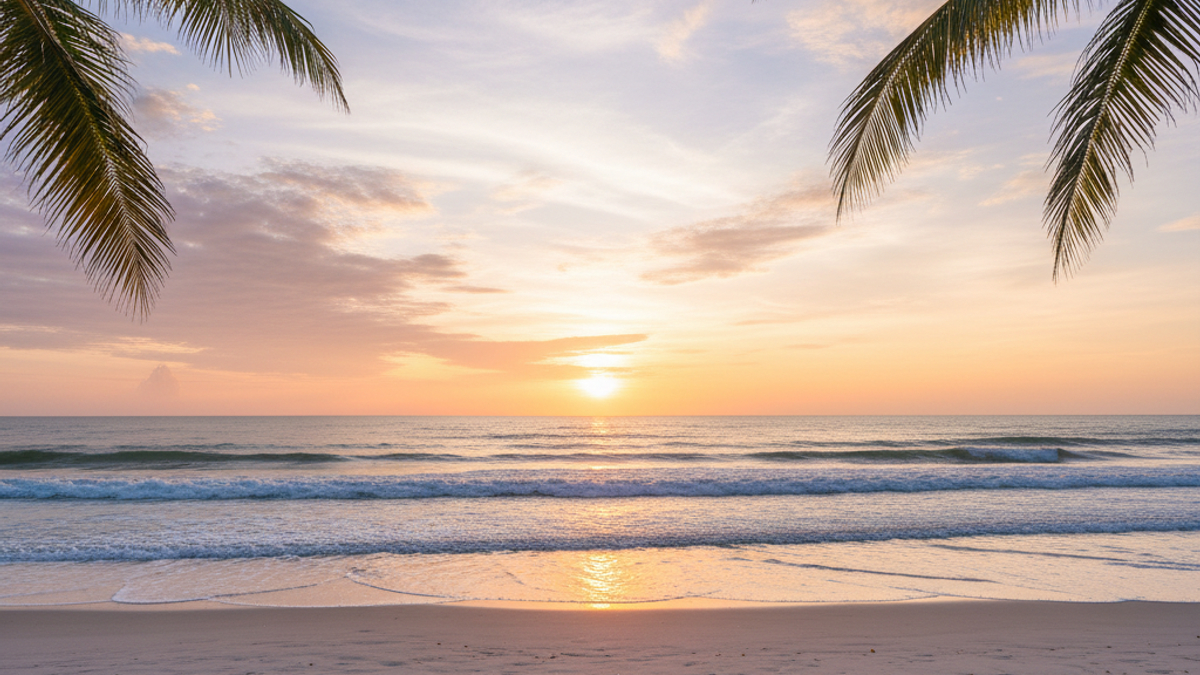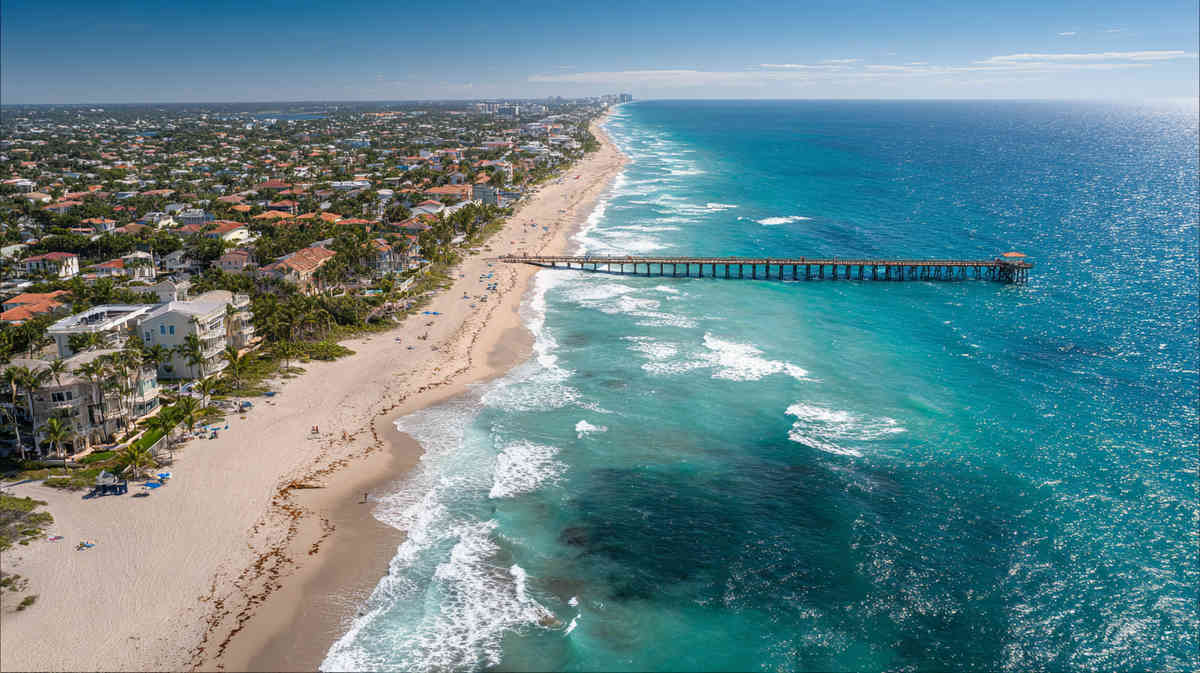The Real Price Tag Hiding Behind The Sea Oats
Population Snapshot
Roughly 6,600 full-time residents call this two-square-mile town home. Year-round numbers have stayed flat since 2020, yet winter influx still doubles the headcount. Average household size sits at 1.9 humans, which tells you many condos here run more “lock-and-leave” than “kids-running-in-the-yard.” Median age? Forty-nine. Translation: you will bump into everyone from fresh-out-of-college remote workers to seasoned boat captains, but the vibe skews toward folks who already know that SPF is not optional.
Are People Moving In Or Bailing Out?
County records show condo sales jumped 14 percent last year while single-family transactions slid 2 percent. The condos come with that “walk to the sand in sixty seconds” bragging right, so the demand stays hot. Sellers still score about 96 percent of list price, yet days on market just crept past 50. Buyers have a little breathing room but not much. Locals whisper that insurance costs are the real gatekeeper, not the listing price. More on that soon.
Lifestyle Sets The Tone
Everything revolves around the shoreline. You can walk from Intracoastal to Atlantic in under fifteen minutes, so owning two cars feels excessive. Morning coffee happens at outdoor cafés, groceries get carted home in reusable bags, and happy hour often spills straight onto the pier. That ocean-first routine keeps certain costs low—commuting, gym memberships—while pushing others way up. Think flood policies and hurricane-grade windows.
Housing And Utilities: Where Most Of Your Wallet Goes
Sticker Shock, Plain And Simple
Median sale price for a single-family home: $1.22 million as of spring 2025. That is 112 percent higher than national averages and about 63 percent higher than Broward County as a whole. Condos look cheaper on the surface—median $615k—but monthly association fees run $600 to $1,250 for older buildings and can top $1,800 in newer luxury towers. The fee usually covers building insurance, but you still carry interior coverage plus contents.
One-sentence gut punch: the mortgage is step one, not the final boss.
What About Renting?
Recent lease comps tell this story.
• Studio or one-bed, older mid-rise: $2,450 to $2,800
• Two-bed condo with partial view: $3,300 to $4,000
• Single-family cottage east of A1A: $5,500 to $7,200
Compare that to state averages (around $1,900 for a two-bed) and you see the premium. Still, a surprising chunk of landlords roll utilities into rent, especially in smaller buildings. That can soften the blow if your unit still has original windows and the A/C works overtime.
Utility Reality Check
Florida Power & Light pegs the typical 1,000-kilowatt bill at $136. Bump that 5 percent for salt-air corrosion and those sweltering August nights when the thermostat never dips. Water, sewer, trash, and stormwater add another $85 to $105 depending on usage. Internet? The only fiber line in town comes from Hotwire and starts at $70. Streaming beats cable any day here; most residents would rather listen to waves than channel surf anyway.
The Hidden Costs Nobody Mentions
• Flood policies on ground-floor condos: $400 to $1,100 yearly, rising fast due to new FEMA maps.
• Wind coverage on single-family homes: $6,000 to $12,000 a year. Roofing age is everything.
• Routine balcony recertifications: every 10 years for older high-rises and the fee can reach five figures per unit if concrete repairs pop up.
• Salt air maintenance: budget $300 yearly to repaint railings or trade in rust-eaten patio furniture.
Ignore these line items and the ocean will remind you who is boss.
Taxes: Florida Says “No Income Tax,” Yet Your Checkbook Still Feels It
State And County Layers
Florida famously skips a state income tax. Great news. Instead, the state leans on sales tax—6 percent base plus 1 percent county add-on—and insurance premiums slathered with surcharges. Buy a sofa locally for $1,000 and you shell out $70 in tax. Not terrible, but those taxes show up on every dinner tab and Amazon delivery. Keep that mental calculator handy.
Property Taxes In Detail
Broward County’s average millage rate hovers around 18 mills. On a $600k condo assessed at $540k with homestead exemption, you are writing checks near $8,100 yearly. Homestead caps growth at 3 percent per year for primary residents, yet second-home or investor units feel the full swing of rising valuations. West side of A1A tends to assess lower than oceanfront by roughly 12 percent, saving a grand or two over the long haul.
Do You Actually Get Something Back?
Beach renourishment, pier upkeep, holiday street festivals, and free weekend shuttle buses are all funded locally. The town also poured money into underground utility lines east of the Intracoastal, trimming power outages during storms. Residents swear the improved reliability alone justifies the bill. Decide for yourself once you sail through your first blackout-free hurricane watch.
Price Of The Everyday Stuff
Grocery Cart Reality
Publix on Commercial Boulevard is the only full grocery game in town. It charges about 8 percent more than mainland stores. Milk hit $4.35 last time I looked. A dozen cage-free eggs flirt with $6.49. Stock up on BOGOs or head two miles west to Aldi on Federal Highway. Local farmer’s market on Sundays sells produce straight from Redlands farms. Tomatoes run $2 a pound there versus $3.50 at Publix. Buy fresh fish at the small dockside vendor near Anglin’s Pier, skip the big-box seafood counter, and pocket real savings.
Fun Money: Beach Bars To Paddle Boards
• Craft beer at 101 Ocean: $7 to $8.
• House margarita at Aruba Beach Cafe: $11.
• All-day pier fishing pass: $15 plus bait.
• Annual beach parking permit for residents: $75, which pays for itself in about eight visits.
• Paddle board rental for two hours: $50, though many locals snag a used board on Facebook Marketplace for under $300 and call it good for years.
Most entertainment here costs less than big-city alternatives because the ocean supplies the backdrop. You can spend zero dollars lounging on the sand with a boardwalk coffee and still feel like a million bucks.
Dining Out Spectrum
Cheap eats: Pizza by the Slice at Vincenzo’s comes to $5 with a soda.
Mid-range: Two entrées and wine at Blue Moon Fish Co. will land near $120 after tip.
High-end: Chef’s table at Sea Watch averages $220 per person with wine pairings. Worth it for a milestone night.
Budget-minded newcomers quickly identify early-bird menus and happy hour sushi deals. Ask any bartender about “sunset pricing” and they will steer you right.
Moving Around Without Bleeding At The Pump
Gas Prices And Car Math
Chevron on A1A posted $4.18 per gallon last week. That is usually 30 cents higher than stations on Federal Highway. Live east of the bridge and you may bite that premium to dodge the traffic light gauntlet. Still, many residents clock less than 8,000 miles a year. Short distances and flat terrain make biking a solid choice nine months out of the year.
Public Transport And Ride Shares
The town’s free Pelican Hopper shuttle loops every 45 minutes. It links condo rows with the grocery store and pier, runs until 9 pm, and genuinely reduces Uber dependence. For longer hauls, the Brightline station in Fort Lauderdale sits six miles away. That train rockets you to Miami in 32 minutes at roughly $22 a seat. It costs less than parking in South Beach and spares you I-95 madness.
What Surprises Newcomers Most
1. Insurance premiums will likely eclipse your property tax bill.
1. The condo fee covers plenty, yet special assessments still appear out of nowhere.
2. You can get by with one car or even none, and that slice can offset higher housing.
3. Utility outages are short since lines went underground, yet a portable battery bank proves priceless after storms.
4. Tourists disappear by June. You gain empty beaches but lose seasonal restaurants that close for vacation. Plan accordingly.
Ready To Do The Math?
Living in Lauderdale-by-the-Sea is not cheap. The sunshine tax exists. Yet cost does not equal value. Measure the trade-offs: walkability, ocean therapy on demand, fewer hours stuck behind a windshield, and a town government small enough that you can actually attend a meeting and get answers.
If you crave that mix and your spreadsheet still works after factoring insurance and fees, hit the sand. If not, maybe look a little west where flood zones end and prices chill out.
FAQs: Rapid-Fire Answers
Q: What is the current average single-family home price?
A: Right around $1.22 million.
Q: How do utility bills compare to the Florida average?
A: Roughly 5 percent higher thanks to nonstop air-conditioning and salt-air maintenance.
Q: Which costs blindside most new residents?
A: Wind insurance plus occasional condo special assessments.
Q: Do local taxes cover resident perks?
A: Yes. Free shuttles, beach maintenance, and regular street festivals all roll out of the property tax pot.
Q: Cheapest way to enjoy the town?
A: Grab a beach chair, brew your own coffee, and watch sunrise from the pier. Cost of admission is exactly zero.
Now you have the real numbers and the street-level quirks. Run them through your own filters. And if Lauderdale-by-the-Sea still calls your name, maybe I will see you at sunrise with that coffee in hand.

